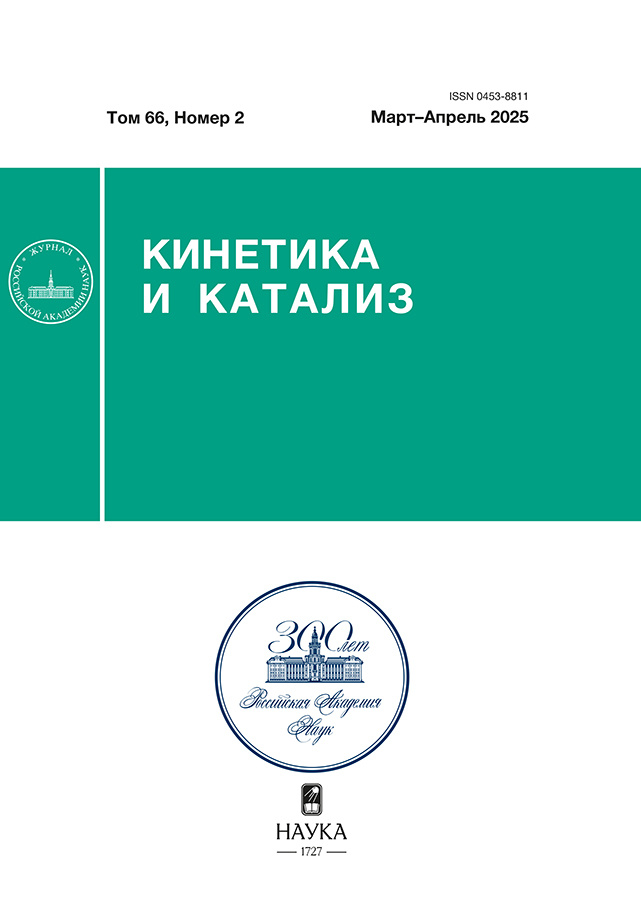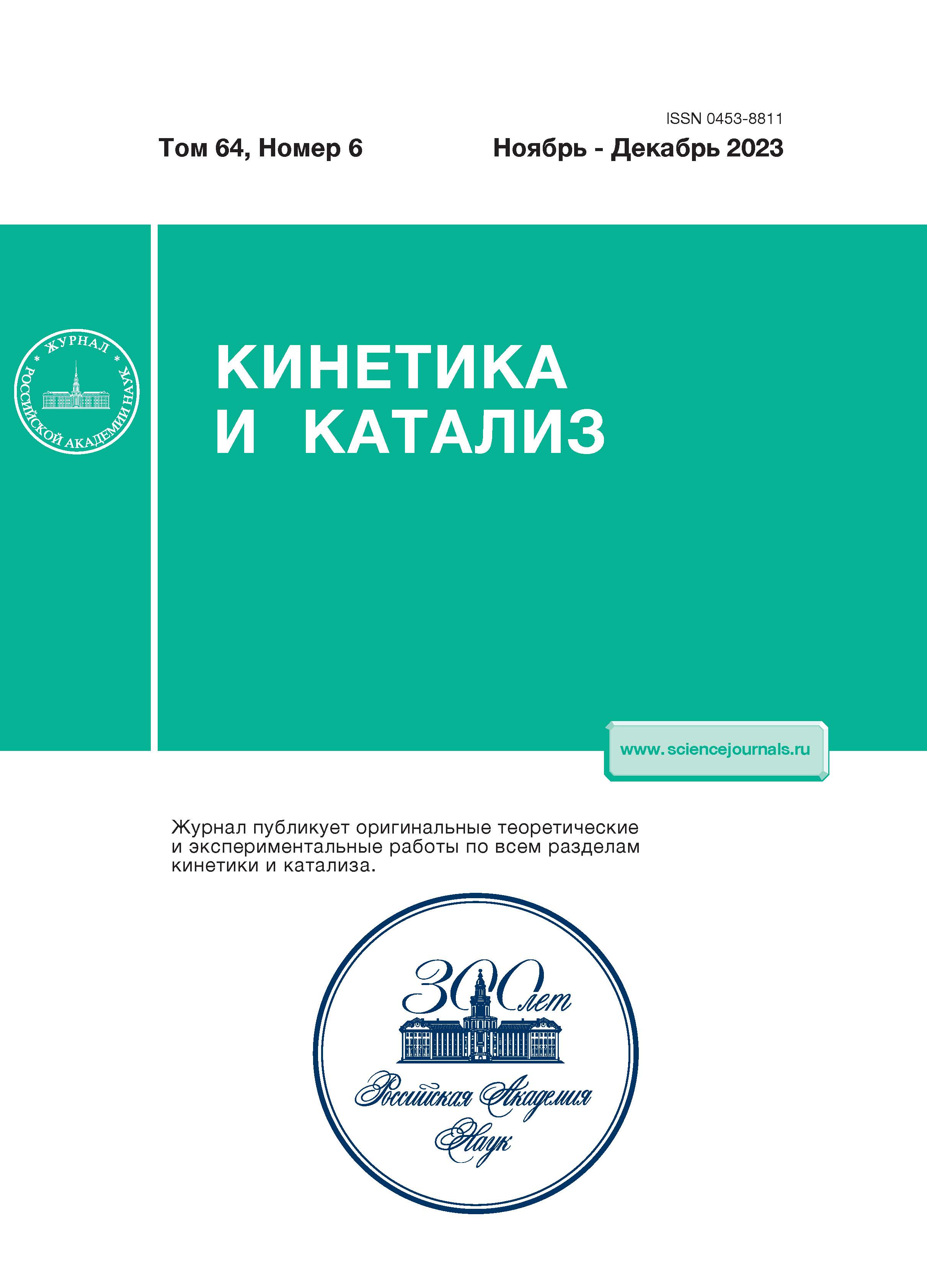Prospects of Using Ruthenium within the Composition of Three-Way Palladium–Rhodium Catalysts
- Authors: Shubin Y.V.1, Plyusnin P.E.1, Kenzhin R.M.2, Vedyagin A.A.2
-
Affiliations:
- Nikolaev Institute of Inorganic Chemistry SB RAS
- Boreskov Institute of Catalysis
- Issue: Vol 64, No 6 (2023)
- Pages: 853-856
- Section: КРАТКИЕ СООБЩЕНИЯ
- URL: https://cardiosomatics.ru/0453-8811/article/view/660359
- DOI: https://doi.org/10.31857/S0453881123060163
- EDN: https://elibrary.ru/KXCXBE
- ID: 660359
Cite item
Abstract
The possibility of using ruthenium within the composition of palladium-rhodium catalysts used to neutralize the exhaust gases of vehicles with gasoline engines was investigated. Thermolysis of the supported precursor in oxidizing and reducing media leads to the formation of samples with different initial catalytic activity. Stability of trimetallic systems is compared under conditions of prompt thermal aging with reference samples of similar chemical composition, but obtained by mechanical mixing of monometallic catalysts. The obtained results allow one to conclude that the alloy nanoparticles are more stable, and the thermolysis of the precursor in the reducing medium contributes to a higher initial activity of the catalyst in the oxidation of CO. According to the X-ray photoelectron spectroscopy method, the high thermal stability of trimetallic catalysts is due to the constant ratio of metals on the surface of the support during the catalytic reaction.
About the authors
Y. V. Shubin
Nikolaev Institute of Inorganic Chemistry SB RAS
Email: vedyagin@catalysis.ru
Russia, 630090, Novosibirsk, ave. Ac. Lavrentieva, 3
P. E. Plyusnin
Nikolaev Institute of Inorganic Chemistry SB RAS
Email: vedyagin@catalysis.ru
Russia, 630090, Novosibirsk, ave. Ac. Lavrentieva, 3
R. M. Kenzhin
Boreskov Institute of Catalysis
Email: vedyagin@catalysis.ru
Russia, 630090, Novosibirsk, ave. Ac. Lavrentieva, 5
A. A. Vedyagin
Boreskov Institute of Catalysis
Author for correspondence.
Email: vedyagin@catalysis.ru
Russia, 630090, Novosibirsk, ave. Ac. Lavrentieva, 5
References
- Kašpar J., Fornasiero P., Hickey N. // Catal. Today. 2003. V. 77. P. 419.
- Shelef M., Graham G.W. // Catal. Rev. 2006. V. 36. P. 433.
- Birgersson H., Boutonnet M., Jaras S., Eriksson L. // Top. Catal. 2004. V. 30. P. 433.
- Vedyagin A.A., Shubin Y.V., Kenzhin R.M., Plyusnin P.E., Stoyanovskii V.O., Volodin A.M. // Top. Catal. 2018. V. 62. P. 305.
- Kostin G.A., Plyusnin P.E., Filatov E.Y., Kuratieva N.V., Vedyagin A.A., Kal’nyi D.B. // Polyhedron. 2019. V. 159. P. 217.
- Зибарева И.В., Ведягин А.А., Бухтияров В.И. // Кинетика и катализ. 2014. Т. 55. № 1. С. 3. (Zibareva I.V., Vedyagin A.A., Bukhtiyarov V.I. // Kinet. Catal. 2014. V. 55. № 1. P. 1.)
- Samed A.J., Yamamoto Y., Hidaka M., Hinokuma S., Machida M. // Catal. Commun. 2017. V. 91. P. 6.
Supplementary files












